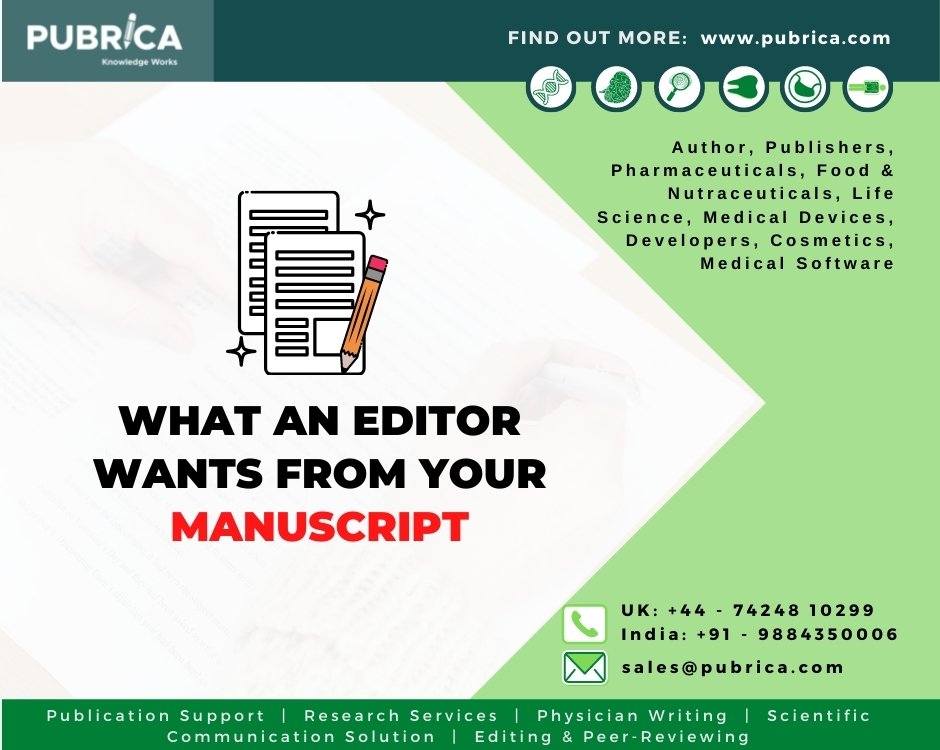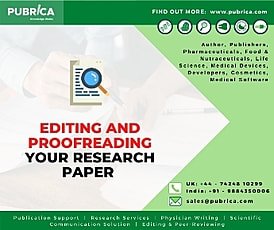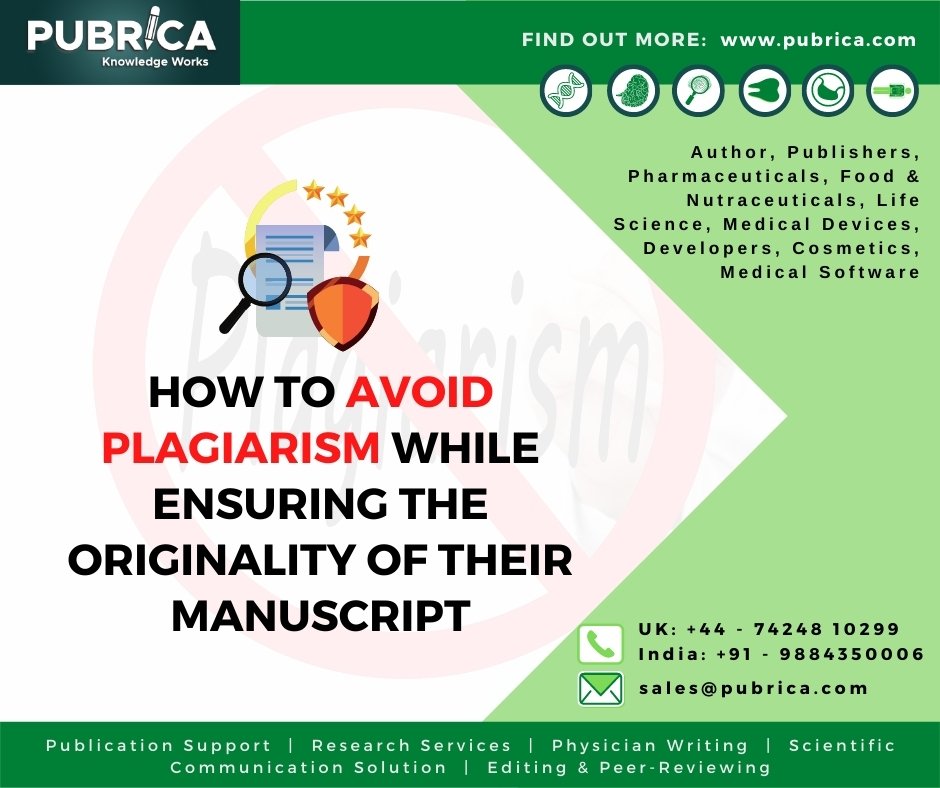
How to avoid Plagiarism while ensuring the originality of their manuscript
September 8, 2021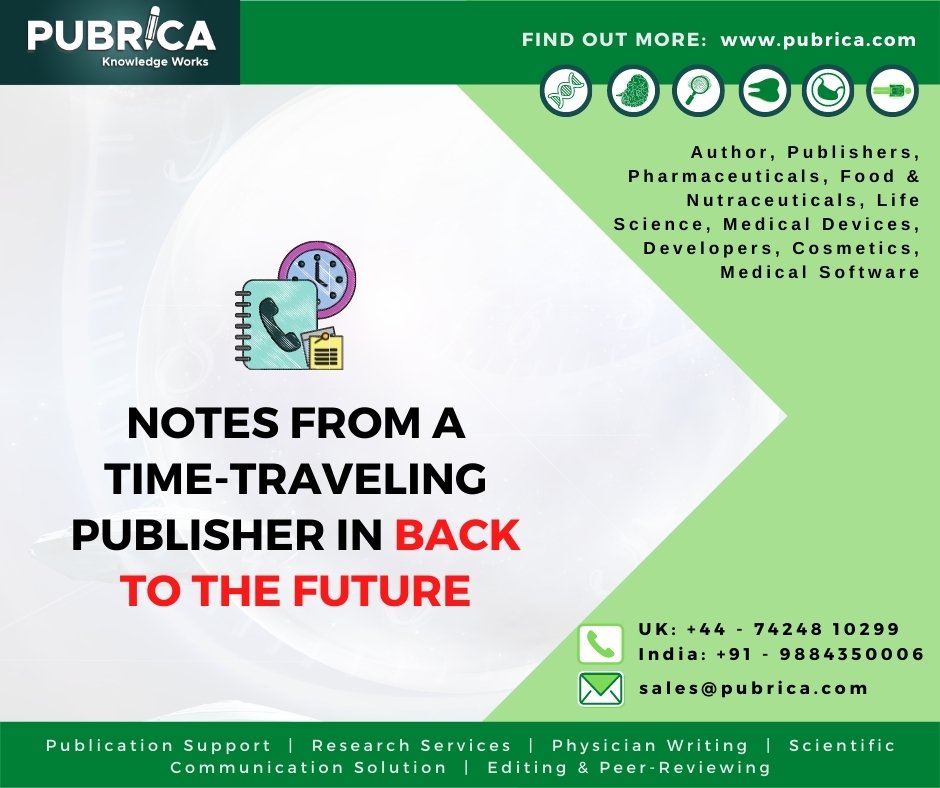
Notes from a Time-Traveling Publisher in Back to the Future
September 13, 2021In brief
This “how-to” guide aims to help new practitioner pharmacists and pharmacy residents, and students write a research paper that will be published. Target journal selection, the purposeful practice of writing fast, poor, and incorrect, editing with a focus, and techniques to communicate messages most unambiguously and accurately possible are all offered as general concerns for scientific writing. The aspects and subtitles of writing the standard manuscript parts (introduction, methods, results, discussion, conclusion, and abstract) are then explained. Finally, advice on papers that go with a manuscript (such as a cover letter and response to reviewer comments) is provided.
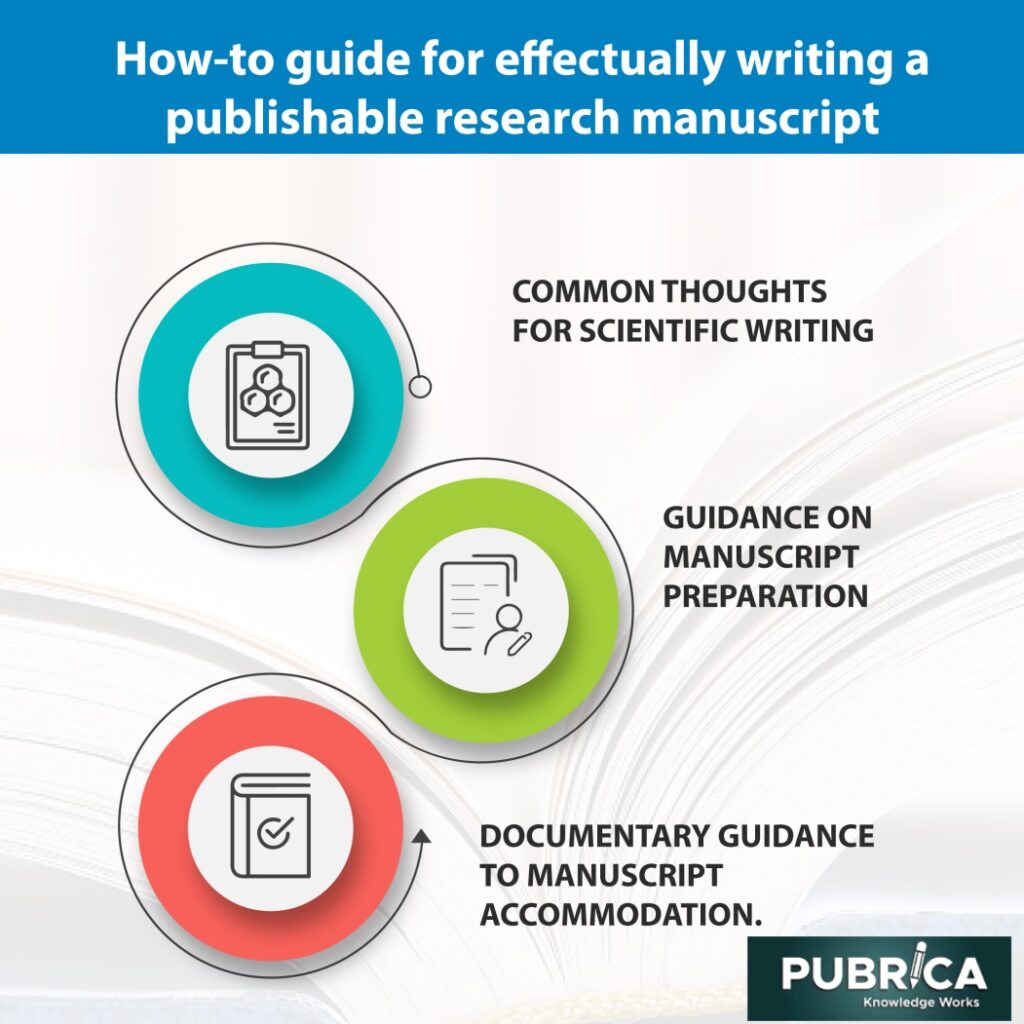
Introduction
COMMON THOUGHTS FOR SCIENTIFIC WRITING
“Why this topic and study matters” starts the introduction to this story. “How we performed the research” and “the editorialized conclusions of the research” continue this story in the methodology and results section. The narrative comes to a close with a debate and conclusion on “how to interpret this study in light of prior studies on this issue.” The majority of research designs provide clear instructions on what information should be included.
GUIDANCE ON MANUSCRIPT PREPARATION
- Introduction
Most studies have a brief, targeted introductory portion of 250-500 words. (See Table 1) Though many investigators will be tempted to use the introduction or data summary section from their Institutional Review Board submission as the final manuscript’s introduction, most will find that their thoughts on the research topic have become more refined during the research process and that this initial draft is likely too long, unfocused, or does not convey the exact message (1). The introduction can refer to/briefly present significant concepts that will focus on the discussion; however, these crucial concepts will not be obvious until the entire article has been established.
Table: 1 Guidance on manuscript structure
| Section | Word count (percentage of a manuscript) | Predominant verb tense | Usual references | Order of outline preparation | Order of writing | Comments |
| Introduction | 250–500 words (10–20%) | Past and present | 8–16 | Third | First | • Often 3 paragraphs •Content progresses from general to moderately specific overview to a highly specific purpose statement |
| Methods | 350–750 words (15–30%) | Past | 0–5 | First | Second | • Often 4 paragraphs • Enough detail to replicate is necessary |
| Results | 250–500 words (10–20%) | Past | 0 | Second | Third | • Often 3–4 paragraphs • Leverage use of tables and figures to highlight findings and spare words in main text • Do not editorialize |
| Discussion | 750–1500 words (30–60%) | Past and present | 8–30 | Fourth | Fourth | • Often 5–8 paragraphs • Discuss 3–5 key findings and identify their importance in the context of patient care • Present limitations in an authentic, structured manner |
| Conclusion | <100 words (1-5%) | Past | 0 | Fifth | Fifth | • Often 1 paragraph • Provide readers with a citable statement |
| Abstract | 200–300 words (not applicable) | Past | 0 | Sixth | Sixth | • Developed from the most relevant language in the main text |
| Cover Letter | Not applicable (not applicable) | Past and future progressive | 0 | Seventh | Seventh | • Often 2-4 paragraphs • Present the most compelling findings to the journal’s target audience |
| Response To Reviewers | Not applicable (not applicable) | Not applicable | To be determined | Not applicable | Not applicable | • Respond to each comment with a thoughtful response • Identify exact changes to the text in the response |
- Method
The length of a concise, concentrated techniques section is usually between 350 and 750 words. Many inexperienced investigators may mistakenly assume that this is the easiest part to write; nonetheless, the problem of providing enough detail to allow another qualified researcher to replicate your work is significant. When feasible, use cited literature to explain essential concepts and objectives. Ensure that any outcomes given in the results section are also mentioned in the methods section and vice versa. Methodological decisions that may be contentious must have a justification (s). Finally, this part should not include any data(2).
- Results
A brief, concentrated results section, excluding tables and figures, is usually between 250 and 500 words (10-20% of the document length). The facts should be presented in a logical order, with no editorializing. Point estimates and the accuracy and confidence associated with them (e.g., odds ratio 1.78, 95 per cent confidence interval 1.04-2.56) give a complete narrative. Tables and figures should be utilized to cut down on the number of words in the primary text while presenting the most important results in a simpler way to understand, identify, and discuss with colleagues than the written word. In the text and tables/figures, there should be no substantial repetition of material. The average number of references for the results section is zero since study results are given without editorializing.
- Discussion
The length of a short, focused discussion segment is typically between 750 and 1500 words (30-60 per cent of manuscript length). The opening paragraph of the text is likely to be one of the most read paragraphs. As a result, the authors should try to displeasure the reader’s interest by stating the research’s significance (e.g., “This is the first study to…”) and the most noteworthy findings. This is an excellent location to start summarising the primary outcome analysis results in a way that makes their relevance to the management of this patient population clear. Other findings that are most important to the care of patients in the study’s population and the complications of these findings may be included.
- conclusions
The average length of a concise, focused closing section is fewer than 100 words. The writers may end with a citation-worthy comment and a call to action for further study. The phrasing of the citable statements should reflect the study’s confidence and strength, focusing on not exaggerating the relevance of the findings. This short section focuses on the research’s main takeaway(s) and future directions.
- Abstract
Although the author rules for the journal to which the article is being submitted should be read for particular criteria, most abstracts have a set word limit (e.g., 200-300 words) that necessitates a higher level of attention to detail with each word than the main content. Finally, the abstract concludes with a phrase or two of the conclusion.
Documentary Guidance to Manuscript Accommodation.
- Cover letter
Although not all journals require a cover letter, including one may only help your application if it is well-structured. The cover letter is frequently deciding whether or not a manuscript is sent to reviewers by an editor. All required statements by the journal (e.g., funding disclosures, authorship criteria met, where results were previously published in abstract form, and conflicts of interest) should be included in the concluding paragraph. The editor should be recognized for his or her time and consideration of the submission. In the Supporting Information, you’ll find a redacted example cover letter.
- Response to reviewer comments
Uninvited submissions are virtually never approved without further changes after the first journal submission. As a result, the chance to reply to a request for minor or substantial modifications and resubmit a new version of the article is the most favourable editorial decision. Begin by expressing gratitude to the editor and reviewers for their efforts to improve the manuscript’s quality (3).
References
- HyLown Consulting LLC. Power and sample size [cited 2019 June 23]. Available from powerandsamplesize.
- Bauman JL, Jackevicius C, ZIllich AJ, et al. On the methodology of chart reviews. J Am Coll Clin Pharm. 2019; 2(1):6–7.
- Hammond, Drayton A., and Megan A. Rech. “A “how‐to” guide for effectively writing a publishable research manuscript.” Journal of the American College of Clinical Pharmacy 3.4 (2020): 818-824.

